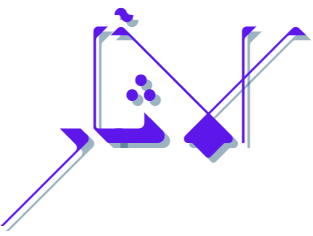اضطراب اور ذہنی دباؤ کا روحانی اور نفسیاتی علاج: سیرتِ طیبہ کی روشنی میں
Spiritual and Psychological Treatment of Anxiety and Stress: In the Light of the Seerah
Abstract
Anxiety and stress have become significant challenges in contemporary society, affecting individuals’ mental health and overall well-being. This study explores the Islamic and psychological methods for addressing these issues through the lens of the Prophetic biography (Seerah). The research emphasizes the timeless wisdom of Islamic teachings combined with modern psychological approaches to manage and overcome mental health challenges. The Seerah provides profound insights into resilience, patience, and self-purification, offering holistic solutions rooted in spiritual growth and emotional stability. Key Prophetic practices, such as reliance on Allah (Tawakkul), Dhikr (remembrance of Allah), and strategies for effective stress management, are examined. Simultaneously, modern psychological techniques like cognitive restructuring, mindfulness, and emotional regulation are analyzed in conjunction with Islamic values. The paper also highlights the significance of interpersonal relationships, community support, and self-care in reducing stress and anxiety, as taught in the Seerah. By integrating these approaches, individuals can achieve inner peace, mental clarity, and spiritual fulfillment. This interdisciplinary study aims to provide a comprehensive understanding of how Islamic principles and psychological methods can work synergistically to address anxiety and stress, offering practical solutions for personal and societal well-being.



































